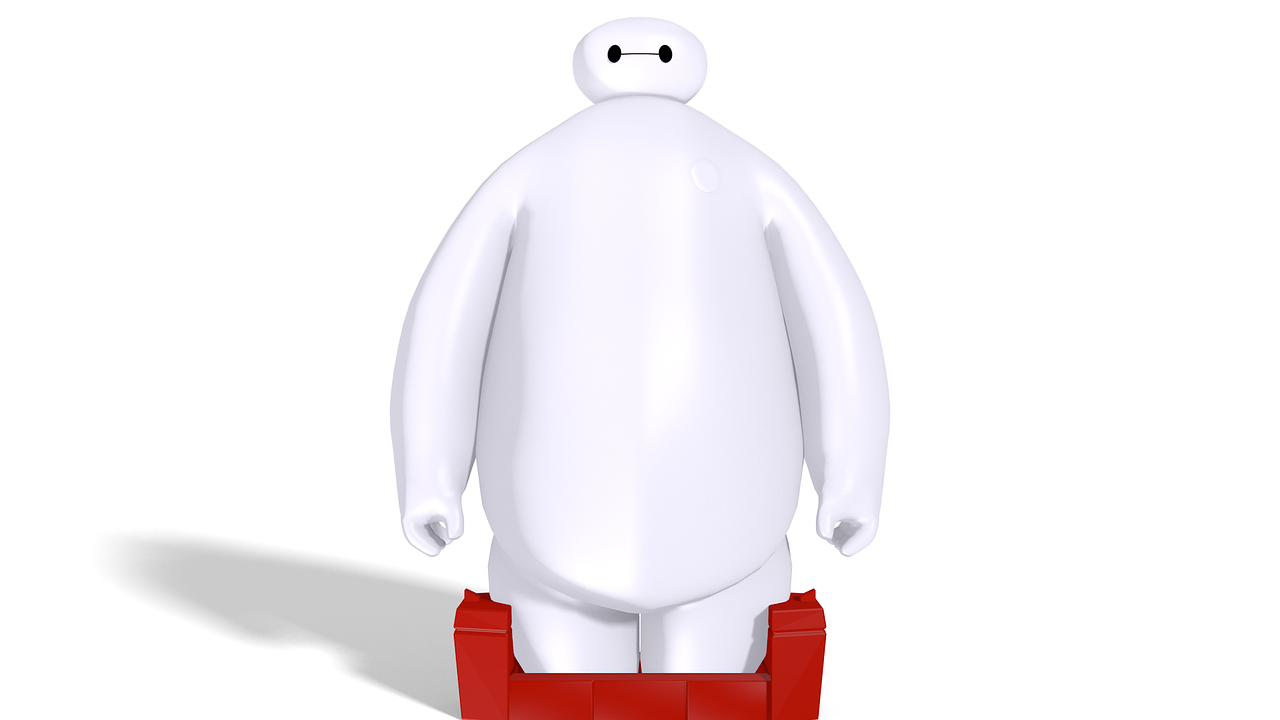Robotics
Researchers Create Soft Robot Able to Change Shape and Roam

One of the challenges surrounding soft robotics is that most of them are required to be attached to an air compressor or plugged into a wall. Researchers from Stanford set out to overcome this challenge.
Nathan Usevitch is a graduate student in mechanical engineering at Stanford.
“A significant limitation of most soft robots is that they have to be attached to a bulky air compressor or plugged into a wall, which prevents them from moving,” said Usevitch. “So, we wondered: What if we kept the same amount of air within the robot all the time?”
The team was able to develop a human-scale soft robot that is capable of changing its shape. By doing this, the soft robot can latch onto and handle objects, and it is able to roll in controllable directions.
The research was published in Science Robotics on March 18.
“The casual description of this robot that I give to people is Baymax from the movie Big Hero 6 mixed with Transformers. In other words, a soft, human-safe robot mixed with robots that can dramatically change their shape,” said Usevitch.
Simple Version
This soft robot was developed by combining three different types of robots. The simple version of the team’s invention is called an “isoperimetric robot,” since the shape changes while the total length of the edges and the amount of air inside stays the same.
The isoperimetric robot was developed out of soft robots, truss robots, and collective robots. Each category of robotics brought a different advantage: soft robots are lightweight and compliant, truss robots can change shape, and collective robots are small and collaborate.
Sean Follmer is an assistant professor of mechanical engineering and co-senior author of the paper.
“We're basically manipulating a soft structure with traditional motors,” said Follmer. “It makes for a really interesting class of robots that combines many of the benefits of soft robots with all of the knowledge we have about more classic robots.”
Complex Version
The team also developed a more complex version of the robot by attaching several triangles together. They were able to coordinate the movements of the different motors, which allowed the robot to carry out desired behaviors, such as picking up a ball.
Elliot Hawkes is an assistant professor of mechanical engineering at the University of California, Santa Barabara and co-senior author of the paper.
“A key understanding we developed was that to create motion with a large, soft pneumatic robot, you don't actually need to pump air in and out,” said Hawkes. “You can use the air you already have and just move it around with these simple motors; this method is more efficient and lets our robot move much more quickly.”
Space Exploration
According to Zachary Hammond, a graduate student in mechanical engineering at Stanford and co-lead author of the paper, one of the possible uses for this soft robot is space exploration.
“This robot could be really useful for space exploration — especially because it can be transported in a small package and then operates untethered after it inflates,” said Hammond. “On another planet, it could use its shape-changing ability to traverse complicated environments, squeezing through tight spaces and spreading over obstacles.”
The researchers are now trying out different shapes, and they want to test the robot in water.
Allison Okamura is a professor of mechanical engineering and co-author of the paper.
“This research highlights the power of thinking about how to design and build robots in new ways,” said Okamura. “The creativity of robot design is expanding with this type of system and that's something we'd really like to encourage in the robotics field.”














